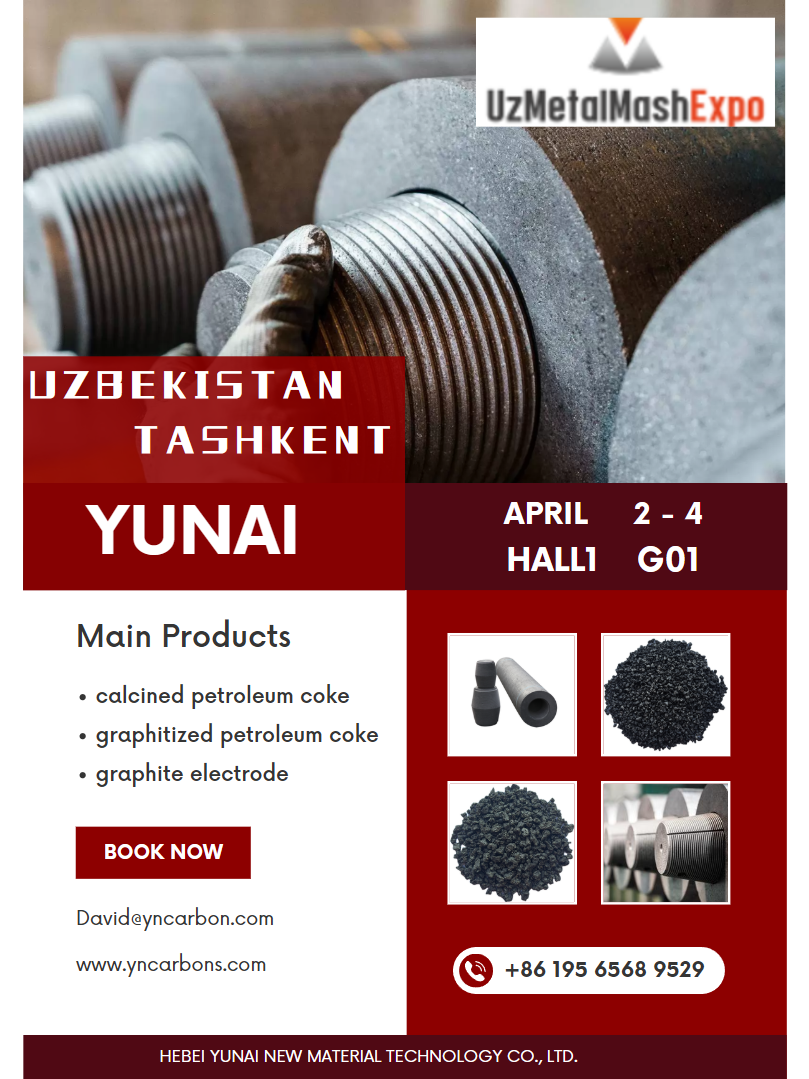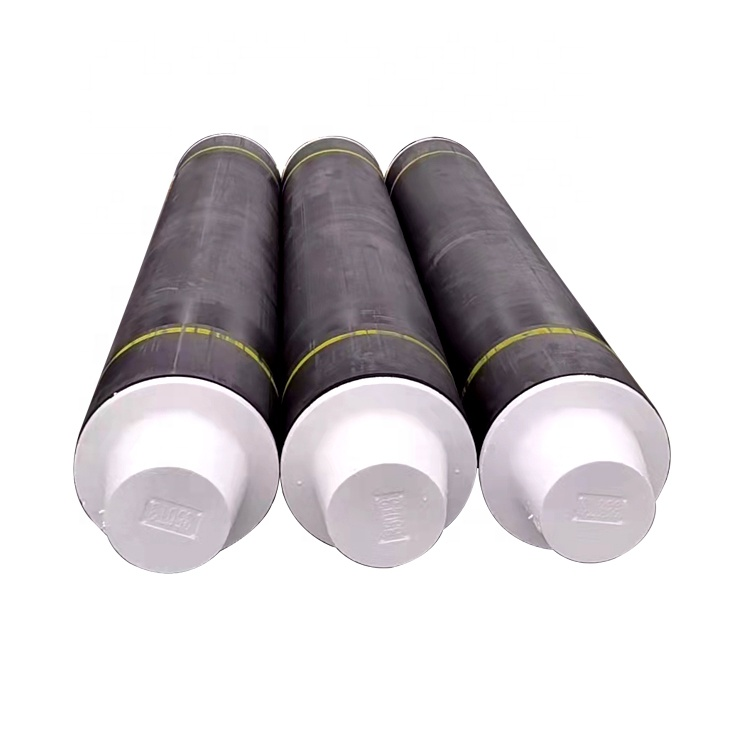How HP Graphite Electrodes Enhance Energy Efficiency in Metallurgy
Release Time:
Jun 22,2025
How HP Graphite Electrodes Enhance Energy Efficiency in Metallurgy Table of Contents 1. Introduction to HP Graphite Electrodes 2. The Role of Graphite Electrodes in Metallurgy 3. Understanding Energy Efficiency in Metallurgical Processes 3.1. Importance of Energy Efficiency 3.2. Energy Consumption in Metallurgy 4. Advantages of HP Graphite Electrodes 4.1. Enhanced Electrical Conduc

How HP Graphite Electrodes Enhance Energy Efficiency in Metallurgy
Table of Contents
1. Introduction to HP Graphite Electrodes
2. The Role of Graphite Electrodes in Metallurgy
3. Understanding Energy Efficiency in Metallurgical Processes
3.1. Importance of Energy Efficiency
3.2. Energy Consumption in Metallurgy
4. Advantages of HP Graphite Electrodes
4.1. Enhanced Electrical Conductivity
4.2. High Thermal Stability
4.3. Reduced Energy Loss
5. The Manufacturing Process of HP Graphite Electrodes
5.1. Raw Material Selection
5.2. Production Techniques
6. Case Studies: Success Stories in Energy Efficiency
6.1. Industry Application Examples
6.2. Metrics of Success
7. Future Trends in HP Graphite Electrode Technology
8. Conclusion
9. FAQs
1. Introduction to HP Graphite Electrodes
HP (High-Performance) graphite electrodes are essential components in the metallurgical industry, specifically for electric arc furnaces (EAFs). These electrodes are made from high-quality petroleum needle coke, which provides remarkable performance in terms of conductivity and thermal stability. As the demand for energy-efficient solutions grows, HP graphite electrodes have emerged as key players in enhancing the energy efficiency of metallurgical processes.
2. The Role of Graphite Electrodes in Metallurgy
Graphite electrodes are critical in facilitating the melting of scrap metal and the production of steel in electric arc furnaces. They serve as the conduit for electric current, generating the heat necessary for melting materials. As metallurgists strive to optimize production while minimizing energy consumption, HP graphite electrodes have become indispensable due to their superior properties.
3. Understanding Energy Efficiency in Metallurgical Processes
Efficiency in energy consumption is a pressing concern for metallurgical operations, directly impacting both costs and environmental sustainability.
3.1. Importance of Energy Efficiency
Energy efficiency is crucial for reducing operational costs and minimizing the carbon footprint of metallurgical processes. By using energy-efficient technologies, companies can not only save money but also contribute to global sustainability efforts.
3.2. Energy Consumption in Metallurgy
Metallurgical processes are inherently energy-intensive. Understanding how energy is consumed during these processes allows for targeted improvements. The use of HP graphite electrodes can significantly reduce the energy required for melting metals, thus enhancing overall efficiency.
4. Advantages of HP Graphite Electrodes
The benefits of using HP graphite electrodes in metallurgy are manifold, making them a preferred choice for electric arc furnace operators.
4.1. Enhanced Electrical Conductivity
HP graphite electrodes are characterized by their high electrical conductivity, which allows for efficient current transfer. This property reduces the energy loss that occurs during the melting process, ultimately leading to lower operational costs.
4.2. High Thermal Stability
These electrodes are designed to withstand extreme temperatures, ensuring that they maintain structural integrity during prolonged usage. Their ability to retain performance at high temperatures contributes to more efficient melting cycles.
4.3. Reduced Energy Loss
The design and manufacturing of HP graphite electrodes help minimize energy loss through resistance heating. This efficiency translates into reduced electricity costs and a smaller environmental footprint.
5. The Manufacturing Process of HP Graphite Electrodes
The production of HP graphite electrodes involves several stages, each critical for ensuring high quality and performance.
5.1. Raw Material Selection
The selection of raw materials is pivotal in the production of HP graphite electrodes. High-quality petroleum needle coke is preferred due to its superior properties, which significantly impact the final product’s performance.
5.2. Production Techniques
The manufacturing process typically includes mixing, molding, baking, and graphitization. Each step is meticulously controlled to enhance the physical and electrical properties of the electrodes.
6. Case Studies: Success Stories in Energy Efficiency
Several companies have successfully implemented HP graphite electrodes, resulting in significant energy savings and improved operational efficiency.
6.1. Industry Application Examples
Case studies from various metallurgical operations highlight the effectiveness of HP graphite electrodes. For instance, a major steel manufacturer reported a 20% reduction in energy consumption after switching to HP electrodes.
6.2. Metrics of Success
Metrics used to measure success include energy consumption per ton of steel produced, production uptime, and overall operational costs. These metrics provide a clear picture of the impact HP graphite electrodes have on energy efficiency.
7. Future Trends in HP Graphite Electrode Technology
The future of HP graphite electrodes looks promising as innovations continue to emerge. New technologies aim to enhance the performance and sustainability of these electrodes, further driving energy efficiency in metallurgy.
8. Conclusion
HP graphite electrodes play a transformative role in enhancing energy efficiency within the metallurgical industry. Their properties, such as high electrical conductivity and thermal stability, allow for more efficient melting processes, leading to substantial cost savings and reduced environmental impact. As the industry continues to evolve, the adoption of HP graphite electrodes will undoubtedly contribute to more sustainable and efficient metallurgical practices.
9. FAQs
1. What are HP graphite electrodes used for in metallurgy?
HP graphite electrodes are primarily used in electric arc furnaces for melting scrap metal and producing steel.
2. How do HP graphite electrodes improve energy efficiency?
They enhance energy efficiency by reducing electrical resistance, minimizing energy loss, and providing high thermal stability during the melting process.
3. What materials are used to manufacture HP graphite electrodes?
High-quality petroleum needle coke is the primary raw material used in the production of HP graphite electrodes.
4. Can HP graphite electrodes be recycled?
Yes, HP graphite electrodes can be recycled, contributing to sustainability efforts in the metallurgical industry.
5. What are the future trends in HP graphite electrode technology?
Future trends include the development of more sustainable materials, improved manufacturing techniques, and innovations aimed at enhancing performance and reducing environmental impact.
Keywords:
More information









